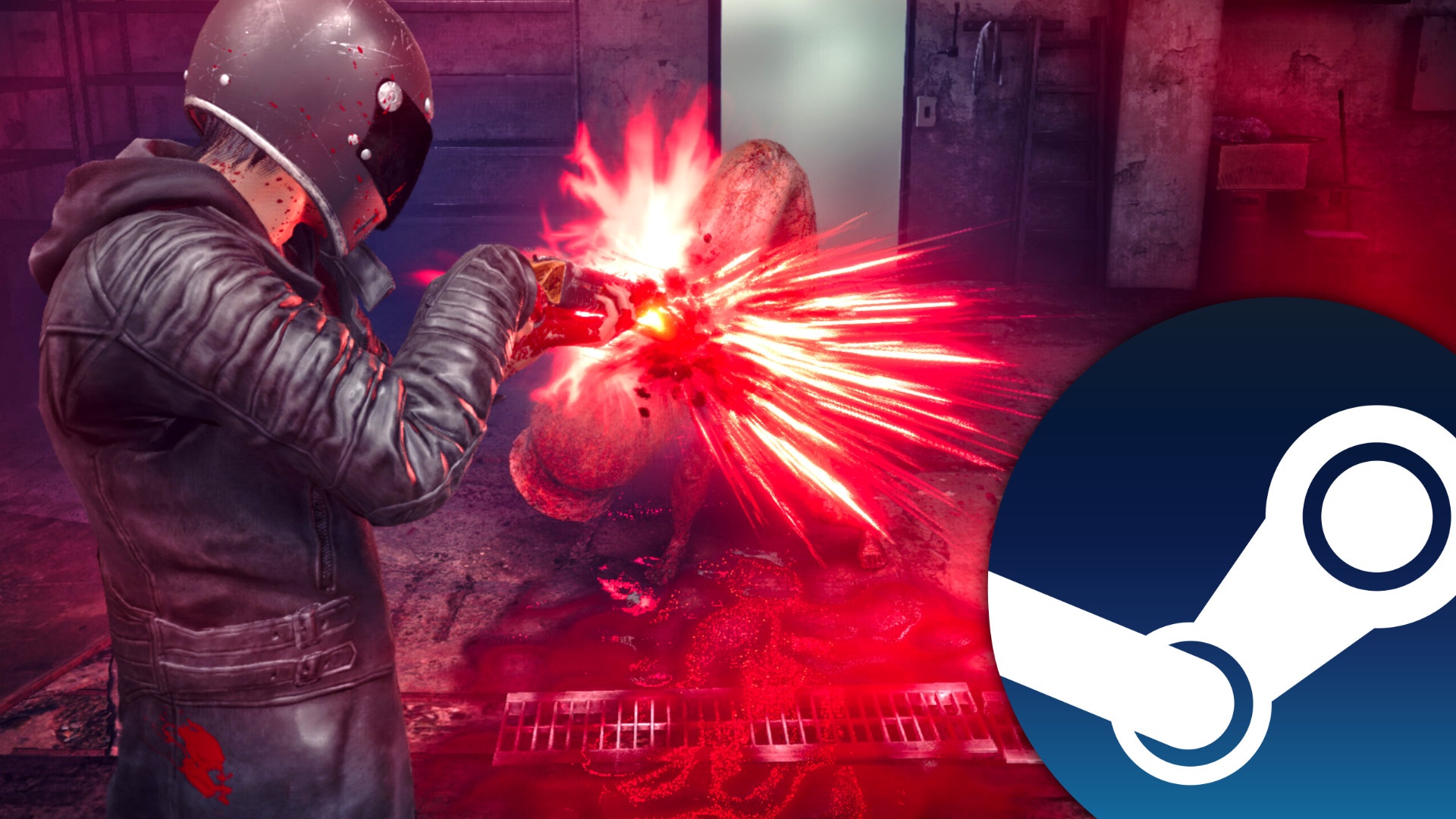Hypercharge: Unboxed has been out for a few years now, but it’s only existed on PC, where a small but devoted audience wanted a quick taste of the retro fun of a classic FPS/TPS. After a low-key Nintendo Switch release in 2020, it’s finally coming to Xbox, where it’s doing really well and getting a second life thanks to cross-platform play.
It’s not often that we see a comeback story like this, especially from an indie game focused on multiplayer. It’s always a risky bet, but for Digital Cybercherries, it paid off in the end. The secret? Doubling down on what made the game special.
Manage Cookie Settings
I’ve been watching Hypercharge on the sidelines. Modern arena shooters that truly feel like classics are rare these days, as the genre has morphed into other genres and thoroughly remixed with MOBA mechanics. Sure, Quake Champions still exists and has a community, but even the latest entry in that storied series can’t escape the long shadow of the bigger hero shooters. DOOM’s (2016) competitive multiplayer mode was a solid but underrated version of that format; however, as good as it felt, people never gave the multiplayer component much attention. And of course, Epic Games’ plans for a small Unreal Tournament reboot were scrapped as Fortnite became popular.
With the popularity of Quake remakes and the boomer shooter genre becoming one of the most successful indie genres in recent years, it’s a little puzzling that a true successor to Quake’s throne hasn’t emerged while Bethesda and id Software prepare for the future of the series. Hypercharge doesn’t solve that problem, but it does offer a solid alternative that isn’t filled with live service trappings and forced hero mechanics.
The basics are all here: you pick up weapons and parts scattered around the levels. The controls are very easy to learn. Platforming is a key part of the action. So what’s the main difference? It’s a much slower game, which is friendly to newcomers but also greatly reduces the skill ceiling. However, this gives Hypercharge another easy win: it plays great with a gamepad, and it plays just as well with a mouse and keyboard. Whether you’re playing solo, co-op, or PVP, it’s not going to be faster than a Serious Sam game.
On single and multiplayer: Hypercharge is packed with no-nonsense content, players can play solo, in local multiplayer, or online, and cross-platform play only makes its community stronger and tighter. Looking at the Steam player numbers, you’d think this was a dead game, but I haven’t waited to find a match yet, and it’s quick to get in and out of lobbies, which are permanent by the way (something Call of Duty really needs to fix).
Neither the single-player nor the co-op experience is a memorable one, but that’s exactly the point: Digital Cybercherries clearly intended to make a pure, relaxing shooter for those who need a break from more complex games or who reject modern shooters altogether. Hypercharge doesn’t intend to entice you with battle passes, limited-time events, or an endless loop of progression. You jump in, shoot some stuff, maybe even build some fortifications if you’re playing PvE, and earn some old-school rewards to make your toy soldiers look brand new.
There’s even a simple, Minions-like story that explains everything that happens in both the single-player and co-op levels via cute comic book cutscenes, which adds to the “love letter” feel that runs throughout the game. It may be simple fun, but the developers are clearly passionate about what they’ve tried to put together here (just check out the pop culture references sprinkled around the domestic levels), and the level of refinement speaks for itself.
During my time with Hypercharge: Unboxed, I fought against giant (toy-sized) robots, mechs, and even a killer beyblade (see above). I probably got through a few levels before switching to online PvP, where I topped the leaderboard once or twice, reminding me of how good I used to be at classic Quake. For an hour, the fun-per-minute ratio was pretty high when playing this game. I’m not going to get addicted to it or wonder what the developers will do next, but that’s what makes it great for the short time it’s in.
Sometimes multiplayer video games become too complex to be relaxing after a hard day at work, and that’s when indie games like Hypercharge come in handy. I know I would have loved this game when I was still in high school. Now, my brain has rotted and I need more stimulation most of the time. That being said, I’d always love to go back to simpler times and play like it’s the year 2000 without worrying about XP bars and rewards.


.png?width=690&quality=70&format=jpg&auto=webp)
.png?width=690&quality=70&format=jpg&auto=webp)
.png?width=690&quality=70&format=jpg&auto=webp)






